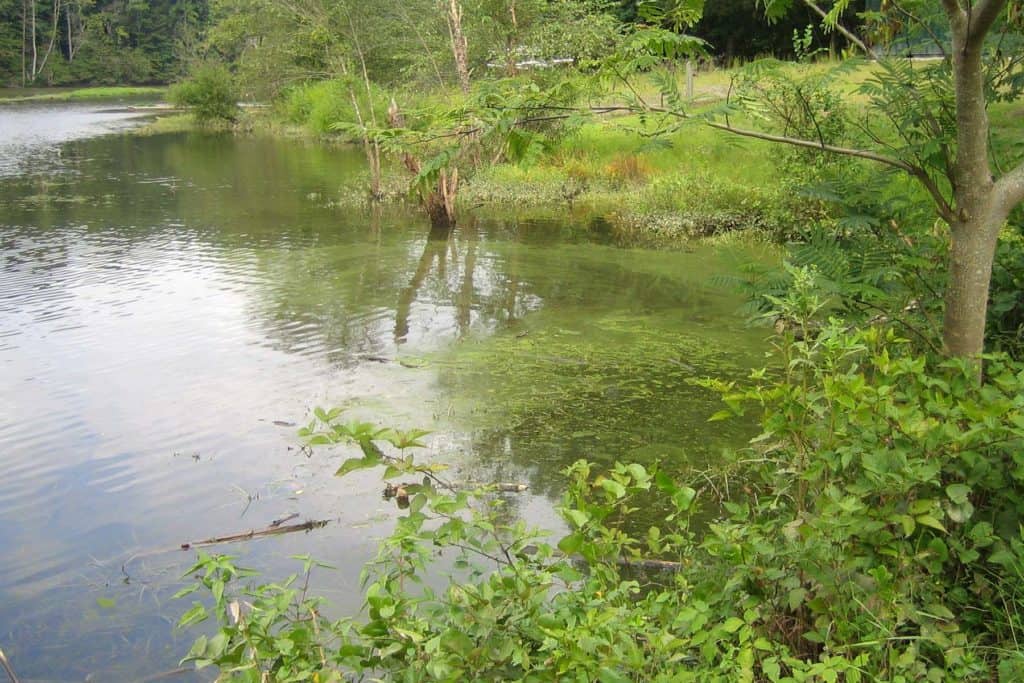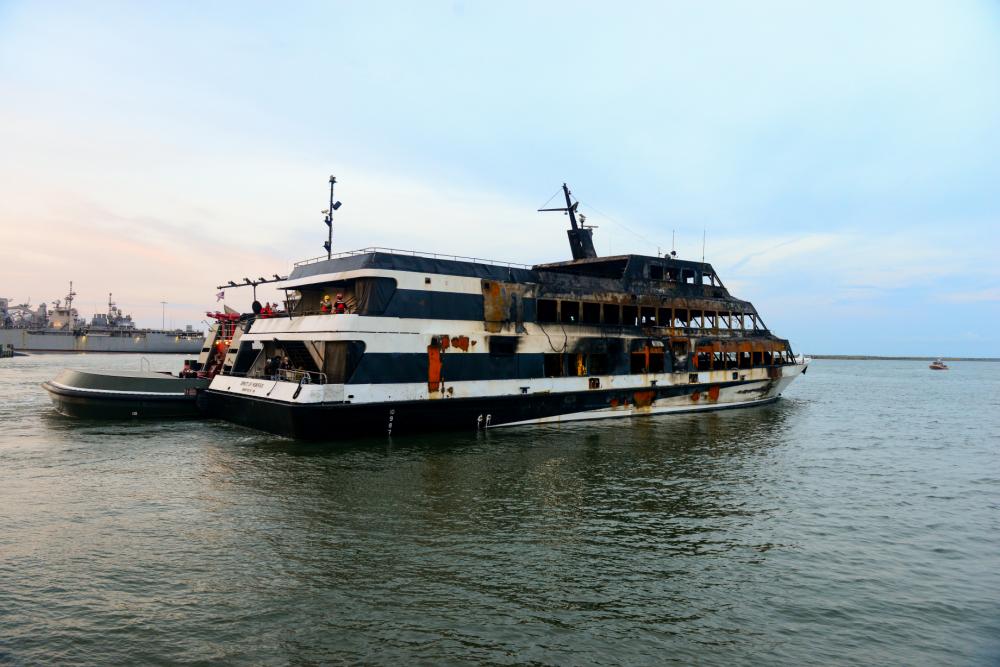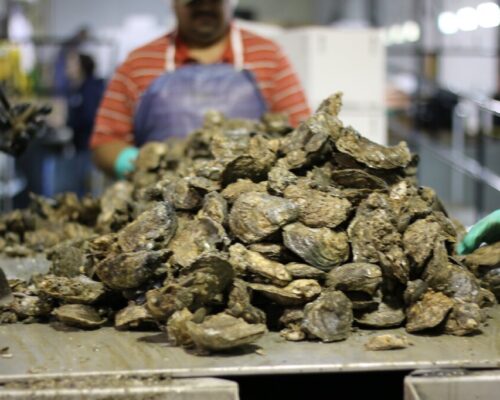The Bay’s “dead zone,” an area with little or no oxygen, is expected to be slightly smaller this summer thanks to spring rains bringing less pollution into the water. But a leading environmental group is quick to add this news is “nothing to cheer.”
Areas of low oxygen (hypoxic) or no oxygen (anoxic) are caused by excess nutrient pollution flowing into the Bay. The pollutants trigger algae blooms that pull oxygen out of the water. Plant and animal life are often unable to survive in this environment, thus referred to as a “dead zone”.
Every year, researchers from the Chesapeake Bay Program, the University of Maryland Center for Environmental Science, University of Michigan and U.S. Geological Survey predict the hypoxic volume by looking at the amount of nutrients–especially nitrogren– that enter the Bay from January to May.
2020’s hypoxic zone is expected to be nine percent lower than the 34-year average and the anoxic volume is predicted to be four percent lower than average. The Chesapeake Bay Program says due to slightly less rainfall this year, nitrogen flow was 17% lower than average.
2019, on the other hand, saw exceptionally high freshwater flows that washed more nitrogen and other nutrients into the Bay. The dead zone was larger than the one predicted for this year.
“Dissolved oxygen levels are a key indicator of Bay health as sufficient oxygen is needed to support our iconic Chesapeake species such as oysters, crabs and fin fish. The forecast brings attention to our continued need to implement our nutrient reduction strategies,” says Bruce Michael, Director of Resource Assessment Service, Maryland Department of Natural Resources.
The Chesapeake Bay Foundation (CBF) swiftly reminds us that any dead zone, even a slightly smaller one, is bad news for the Bay. Nitrogen loads, while lower than last year, still included 111 million pounds from the Appomattox, Choptank, James, Mattaponi, Pamunkey, Patuxent, Potomac, Rappahannock and Susquehanna rivers and another 7.3 million pounds from treated wastewater.
“A prediction for a dead zone that is ‘slightly smaller than average’ is nothing to cheer. If accurate, we will continue to see harmful algal blooms and underwater dead zones where crabs, fish, oysters, and other marine life can’t survive…The good news is that dead zones are shrinking over time, but more must be done to accelerate progress,” Lisa Feldt, CBF Vice President for Environmental Protection and Restoration says in a statement.
The Maryland Department of Natural Resources and Virginia Department of Environmental Quality will track the dead zone during eight to 10 monitoring cruises through the summer. You can check results from these cruises through the Eyes on the Bay website for the Maryland portion of the Bay and the VECOS website for the Virginia portion.
-Meg Walburn Viviano



